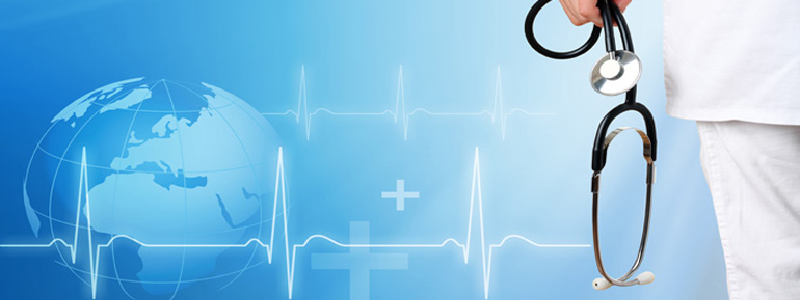Medical translation is in a class of its own. All translations should be perfect, but few areas have consequences so dire as a mistranslated medical document. When there are misunderstandings, a patient’s health and welfare may be affected. It only takes a simple search on Google to show the number of serious injuries and deaths related to mistranslations in the medical field.
With success so essential, it pays to search out a translation service company with the means to translate your information correctly, a history of effective translation, and a guarantee on their service. Medical translators are not just bilingual individuals with a desire to translate medical information, and they are certainly not agencies or individuals who run your documents through a computer along with a light edit. Professional medical translators must understand the terminology, audience, and culture prior to translating and editing your documents.
Terminology
A translator should be familiar with the field in which they are translating. This is especially true of medical translators. Medical terminology can be very challenging and is often very specific. Even a slight variation in wording could be the difference between life and death. For example, mild dementia should never be translated as light dementia. If an injection is to go into the muscle, a standard Spanish translation might note that the injection should be in the “muslo”. The problem is that “muslo” refers specifically to the thigh. The injection site would have been unnecessarily, and perhaps unsafely, limited. To avoid these issues, translators must be familiar with the source language, the target language, and the field in order to ensure an accurate transfer of intent.
Many times medical terminology is specific to the source language, and words may not have any direct translation in the target language. In this case, words need to be transliterated and explained to be understood. This requires a knowledge of the underlying premises that led to the creation of the term. Additionally, medical texts are rife with abbreviations and acronyms. Since most acronyms and abbreviations do not translate, the translator must know how to proceed with the concepts in the target language. Without an understanding of the medical field, records, prescriptions, manuals, instructions, and the like may vary considerably from their intended meaning.
Audience
Who do you intend to read your information? Medical terminology can be very complicated. If your audience includes medical professionals, they can be expected to understand the complex language of the field. However, if your text is to be read by a layperson, you need to put things in the simplest terms possible.
Specialized terminology is always advancing. There are new concepts and ideas being presented and created every day. Unless the translator is familiar with the industry, they will not know the new terms, how to relate them to concrete examples in the target language, or how to effectively present the nuances of the information. When other professionals who have read journals and are up-to-date with the research read the translations, they have a foundation on which to build. Others, including many support staff, may not be able to understand the new concepts without additional information. Without an adequate understanding of the audience, it is hard to ensure your style and intended educational level is carried through to the target audience.
Culture
Medical translations should be localized. Localization addresses cultural elements such as medicinal dosages (ounces versus grams or milliliters), acronyms such as BID (twice per day), BIS (twice) or PRN (as needed), shorthand, as well as ways of doing business. For example, most countries address their doctors and medical professionals in different ways. Some cultures still have traditional medicine combined with modern medicine. There are also differences in time, personal space, and the way in which procedures are scheduled and administered.
In many cultures, the way professionals are addressed is very important. To use the wrong formality in the language would be very offensive, even if the content itself were correct.
These are only a few of the challenges medical translators are faced with on a daily basis. If you have medical documents to translate, it is imperative that your translators have medical expertise and native fluency in the target language and culture.






james
Nice information and article
loganjake
Nice Post.
pooja
Interesting article,Easy to learn and easy to know information about Medical translation services.
preethinayar
very useful blog for us.
ramnathanfitness
Medical transcription services at an affordable price for all kinds of business in 150+ languages. We are global leaders in translation and transcription services with timely delivery.http://www.semanticsevolution.com/transcription.html
ramnathanfitness
quite interesting blog i have come across the internet.
ramnathan
Thanks for sharing your information